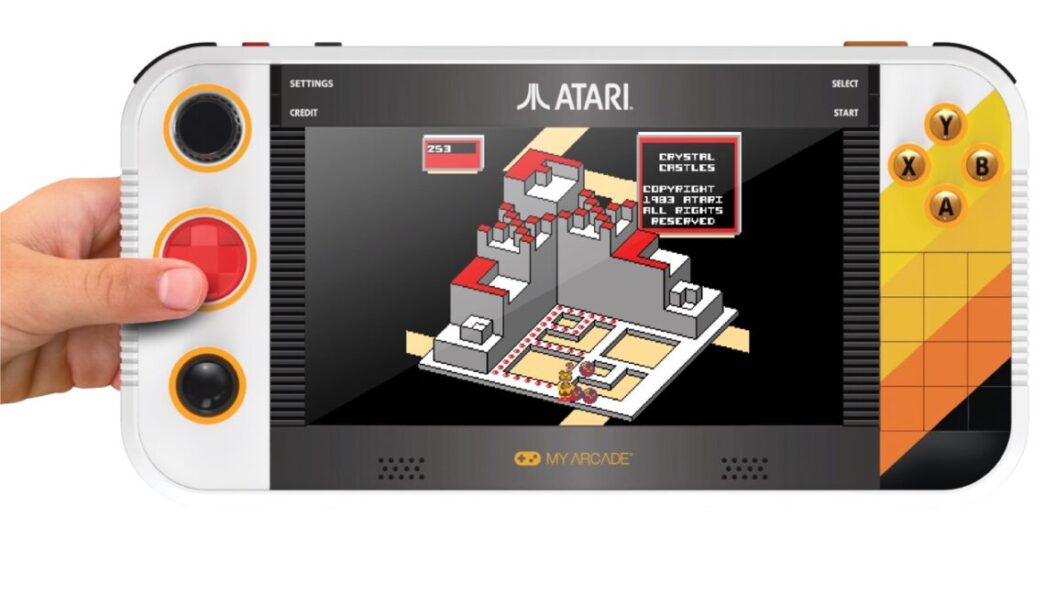Atari Unveils GameStation Go: A Handheld Console with Unique Controls
At the recent Consumer Electronics Show (CES) 2025, Atari, in partnership with My Arcade, introduced the GameStation Go, a handheld console that aims to revive the nostalgia of retro gaming. Featuring a 7-inch display and unique control inputs like a trackball, spinner, and numpad, the GameStation Go sets itself apart from other handheld devices currently on the market.
Unique Control Features
The GameStation Go is designed to deliver an authentic gaming experience reminiscent of the arcade era of the 1980s and 1990s. With a trackball, used for classics like Centipede and Missile Command, a spinner for titles like Tempest and Arkanoid, and a numpad for games such as Star Raiders, the portable console offers versatile control options that many retro games require. Priced at $150, the device seeks to address the inadequacies of modern attempts at emulating these retro controls through more standardized setups.
A Robust Game Lineup
The console promises to include a selection of over 100 classic Atari games, featuring not just Atari titles but also licensed games from the NES and SNES eras. Some notable inclusions are Pac-Man and titles from modern retro developer Piko Interactive. The GameStation Go will also feature Centipede Recharged, a modern reimagining of the classic game, with updates expected to come through downloadable firmware.
In a hands-on preview of the GameStation Go, popular gaming YouTuber GenXGrownUp showed off its game list and control features, emphasizing the nostalgic appeal of classic titles. However, some fans noted a lack of certain iconic games, such as Marble Madness, which would ideally utilize the trackball.
Creating a Lineup of Arcade Classics
Atari has historically focused on arcade nostalgia, and the GameStation Go is part of a broader strategy to expand its product line. Alongside the GameStation Go, My Arcade also announced additional products, including the GameStation Gamepad priced at $50, the GameStation Arcade Stick at $70, and the GameStation Mega at $250—a tabletop cabinet equipped with a 10.1-inch display. All four devices feature the same retro control options aimed at maximizing gameplay authenticity.
Controversies and Future Prospects
Despite the intriguing features, there are contentious points, particularly regarding the inclusion of Intellivision titles in the GameStation Go lineup. Following Atari’s acquisition of the Intellivision brand, there has been speculation about integrating these games into later firmware updates. Representatives have hinted that this possibility remains open, but no confirmed titles have been announced yet.
The device’s unique control scheme raises industry interest; many observers believe that if the GameStation Go succeeds, it could indicate a consumer desire for similarly modular control options on other gaming platforms, like the Nintendo Switch.
Conclusion: Nostalgia Meets Innovation
The Atari GameStation Go is not just another retro console—it’s an ambitious attempt to merge nostalgia with innovative gameplay mechanics. As gaming continues to evolve, the response to the GameStation Go could influence future hardware developments. By investing in unique control methods and a solid game lineup, Atari and My Arcade are poised to capture the attention of both nostalgic gamers and a new generation seeking authentic gaming experiences.









